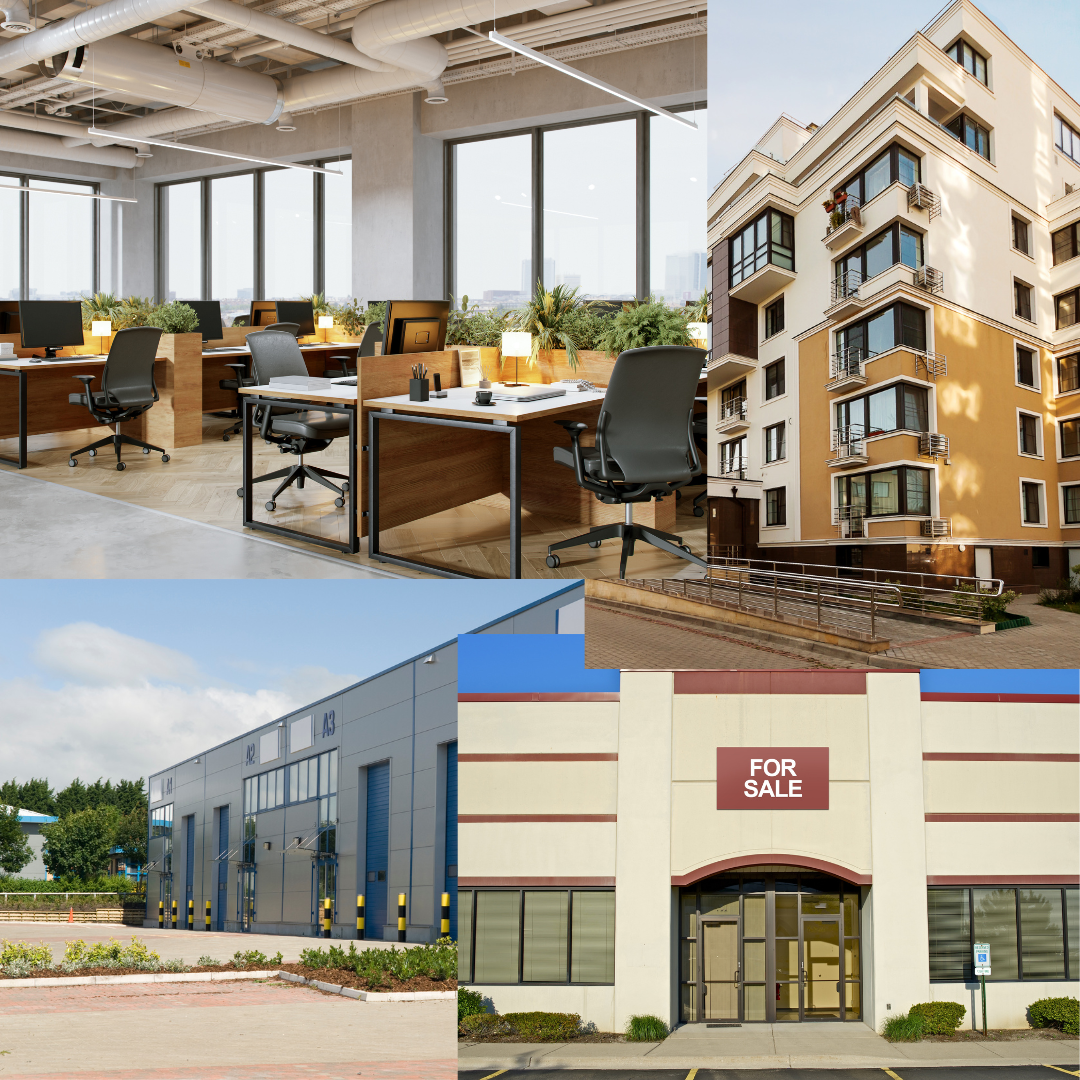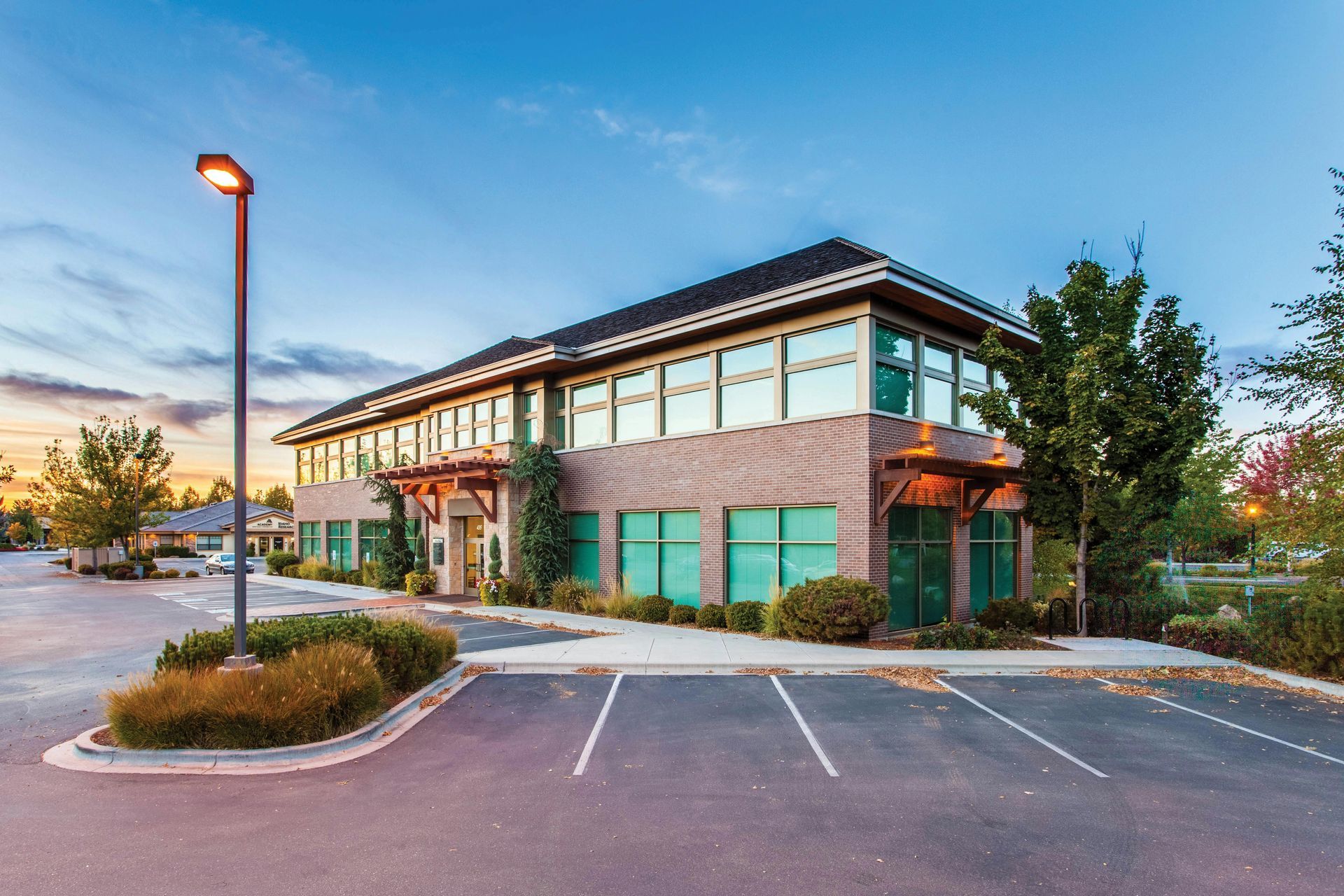June 14, 2024
Quick Summary Before You Read.....
Question: What is Rentable Square Footage (RSF) in commercial real estate, and why does it matter for tenants and investors?
Answer: Rentable Square Footage (RSF) represents the total space a tenant pays for, encompassing both the usable area they occupy and a proportionate share of common areas like lobbies and hallways. Understanding RSF is crucial because it directly influences rental costs and lease negotiations. By grasping how RSF is calculated and its components, tenants and investors can make informed decisions, ensuring fair pricing and optimal use of space.
For a detailed exploration of these questions and insights from CIP Texas, you can read the full article here

RSF in Real Estate: The Role of Rentable Square Footage
Rentable Square Footage (RSF) is an important idea in
commercial real estate that everyone involved should know about, whether you're a tenant, landlord, or investor. Understanding how RSF is calculated and how it affects lease agreements can really influence your real estate choices. In this blog, we will explain what RSF is, its components, why it's important for leasing, and more.
What is RSF in Real Estate?
Rentable Square Footage (RSF) is the total space you pay for in a building. It includes your own space, like an office or shop, plus a portion of the shared areas such as hallways and lobbies.
The Common Area Factor, or load factor, helps figure out how much of these shared spaces you pay for. It’s calculated by dividing the total common area by the total usable area of the building. This factor is added to your usable space to get your RSF, giving a clearer picture of the true cost.
Usable Square Footage (USF) is just the space you occupy. RSF includes both your space and a share of the common areas, showing the full cost of renting.
KNOWLEDGE CHECK: RSF VS USF
- RSF: This is the total space a tenant pays rent for. It includes both the space the tenant actually uses and a portion of the building's shared spaces like lobbies, hallways, and restrooms.
- USF: This is just the space that a tenant occupies and uses, such as their office or shop area. It does not include any shared spaces.
In short, RSF = USF + a share of the common areas.
Components of Rentable Square Footage
RSF consists of the following components:
- Common Areas: These include lobbies, restrooms, hallways, and other shared spaces.
- Shared Amenities: Spaces like conference rooms, fitness centers, and break rooms.
- Mechanical Rooms: Areas housing building systems such as HVAC, electrical, and plumbing.

Understanding these components helps tenants recognize what they're paying for beyond their immediate office or retail space.
Importance of RSF in Leasing
Rentable square footage directly affects how much you pay in
rent and how you negotiate your lease. Since tenants pay for both their own space and a share of the common areas, a higher RSF means higher rent. That’s why it’s really important for tenants to understand RSF to get better lease terms and make sure they aren’t overpaying.
For example, if you know how much of the RSF includes common areas, you can figure out if the rent is fair compared to other buildings. If two buildings offer the same office space but one has a much higher RSF because of large common areas, you’ll end up paying more in that building. By understanding RSF, you can decide if those common areas are worth the extra money.
Also, during lease negotiations, knowing about RSF helps you ask smart questions. You can ask about how the building is laid out, the size of the common areas, and whether these spaces are useful to you. This knowledge can help you negotiate for a lower rent or other benefits, like improvements to the common areas or extra amenities.
In the end, understanding RSF helps tenants make better decisions. It ensures you’re getting good value for your money and not surprised by extra costs related to the rented space. It’s key to making sure you pay a fair price for everything included in your lease.
How to Calculate Rentable Square Feet

Calculating RSF in real estate involves:
- Measuring Usable Square Footage: Measure the actual space the tenant will occupy.
- Allocating Common Areas: Determine the tenant’s share of the building’s common areas.
- Summing the Areas: Add the USF and the tenant’s share of common areas to get the RSF.
Example: If a tenant occupies 2,000 USF and their share of the common areas is 500 square feet, the RSF is 2,500 square feet.
Tools and resources like building plans and industry-standard measurement guidelines can assist in accurate calculations.
Rentable Square Footage and Building Efficiency
Efficiency Ratios: Building efficiency ratios, like the load factor, compare RSF to USF. A higher load factor means there's more shared space compared to the space you actually use, which can affect how much you pay.
Comparing Buildings: Tenants can use RSF to compare different properties and make smart leasing choices. Buildings with lower load factors are often more efficient and may offer better value because you’re paying less for shared spaces.
Impact on Tenant Satisfaction: Efficient use of space can make tenants happier by providing the necessary amenities without making them pay too much for shared spaces. This means you get what you need without extra costs for areas you don’t use much.
RSF in Different Types of Real Estate

- Office Spaces: Typically have higher common area allocations, including lobbies and meeting rooms.
- Retail Properties: Often have fewer common areas but may include shared restrooms and walkways.
- Industrial Properties: Generally have minimal common areas, focusing on warehouse and manufacturing space.
- Mixed-Use Developments: Combine elements of all property types, making RSF calculations more complex but crucial.
Legal and Financial Implications
RSF significantly affects
lease agreements
and operating expenses:
- Lease Agreements: Ensure RSF clauses are clearly defined to avoid disputes.
- Operating Expenses: RSF influences common area maintenance (CAM) charges, affecting overall tenant costs.
- Regulatory Considerations: Be aware of local regulations and industry standards impacting RSF calculations.
Case Studies
Example 1: A tech company leased an office with a high RSF due to extensive shared amenities, increasing their rental costs but providing valuable facilities.
Example 2: A retail tenant negotiated a lower RSF by excluding certain common areas from their lease, reducing their rent.
These real-world examples highlight the importance of understanding and negotiating RSF in leasing decisions.
Conclusion
Understanding RSF in real estate is essential for making informed leasing decisions. By knowing how RSF is calculated and its impact on rental rates, tenants can better negotiate leases and manage costs. Always consult with real estate professionals to ensure accurate RSF assessments and favorable lease terms.



